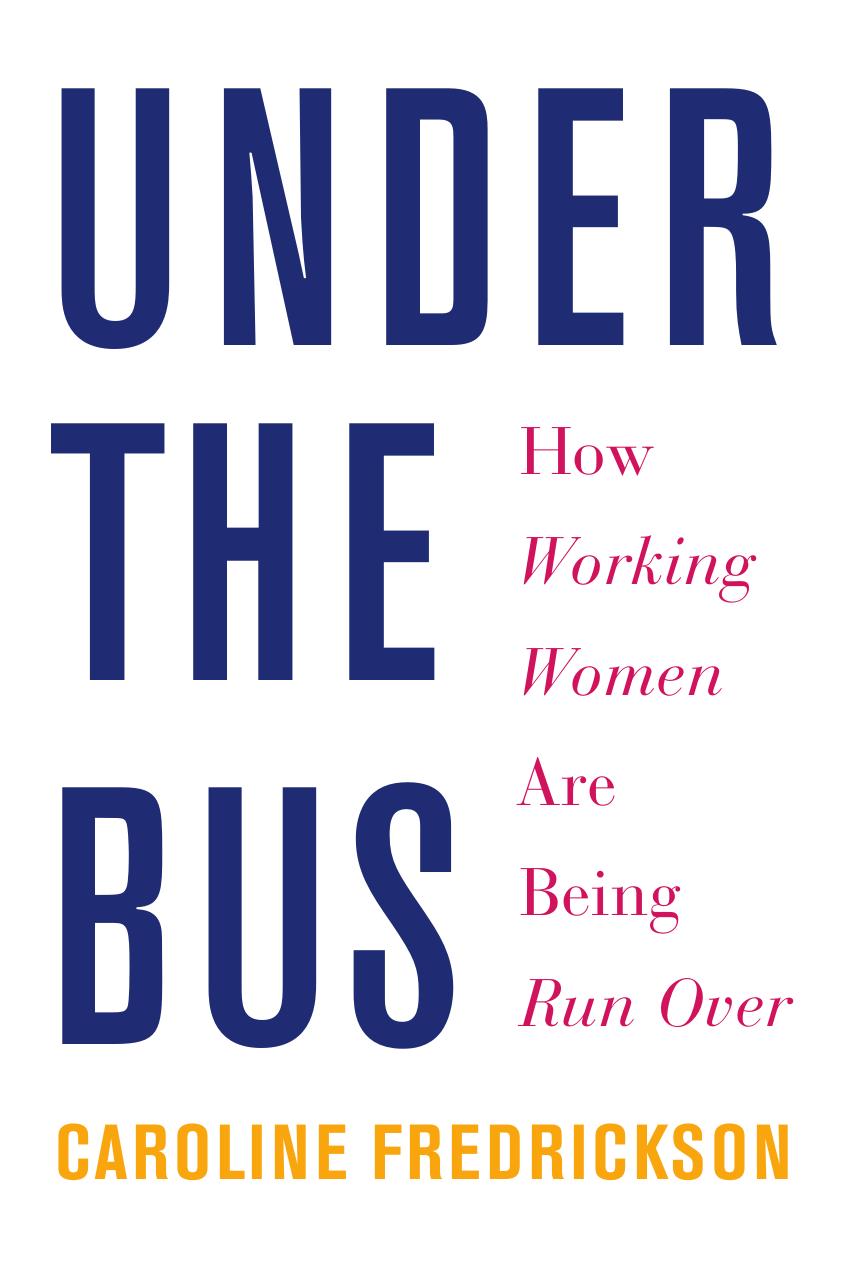Under the Bus by Fredrickson Caroline

Author:Fredrickson, Caroline [Fredrickson, Caroline]
Language: eng
Format: epub, pdf
ISBN: 9781620970805
Publisher: New Press, The
THE RISE OF THE PERMANENT TEMP
Temporary workers are a growing cohort of the American workforce. In 2005, according to the Department of Labor’s statistics, almost 4.5 million employees worked as temps. That’s nearly 4 percent of the workforce.8 And women and minorities are dominant in this sector, with women filling two-thirds of temp jobs, while minorities are the majority in building services, a major employer of temps.9 And the number only grows.
The law’s perverse incentive for companies to stay small to avoid minimum-wage and overtime liability—not to mention the application of civil rights laws and other worker protection statutes—is just as powerful for the temp agency, which is also typically a small firm. It is a mutually beneficial arrangement—the agency makes money by leasing workers, and both employers are free from almost all legal obligations. Through sustained and effective lobbying, the temp industry has developed and exploited the loopholes that have allowed it to thrive. In the 1960s, the industry pressed hard to break down the definition of employee, waging what one legal scholar described as “intense lobbying campaigns in the state legislatures to persuade them to enact statutes proclaiming temporary agencies were the employers of record for purposes of state labor law obligations.”10 Not only was this good for business—the agencies could assure potential clients that hiring temps would free them from employer obligations, which made the arrangements more attractive to the customers—but it also succeeded in undoing labor protections for many workers.
Temporary workers can come to the firm in a variety of ways. Some come to an employer from an agency that specializes in providing workers for a short period of time, to fill in for an employee on vacation or to meet high demand. Other workers may work for a leasing company that may provide a larger group of employees, typically an entire department, to another company. For example, some companies will hire their human resources or accounting department through a leasing firm.11 And some other temporary workers work on an as-needed basis and are essentially on call when the firm needs them. Some temporary arrangements are benign—filling in for an employee on leave, for example, or as a job for people who want to work only occasionally. But in many cases, the so-called temps serve for a long time in one workplace and do work that is the same as or very similar to the work the employees on staff do. In other cases, companies bring on additional people during a peak period and just as quickly let them go, without any strings, liabilities, or continued relationship. Corporate America can do the math: temps cannot join a union, cannot demand the minimum wage or overtime, and have no rights to complain about discrimination, let alone get vacation pay or sick leave.
As an example, some of the foreign companies that have set up factories in the American South have not only escaped a unionized workforce but have gone so far as to hire a large portion of their workforce through temp agencies.
Download
This site does not store any files on its server. We only index and link to content provided by other sites. Please contact the content providers to delete copyright contents if any and email us, we'll remove relevant links or contents immediately.
Cecilia; Or, Memoirs of an Heiress — Volume 1 by Fanny Burney(32503)
Cecilia; Or, Memoirs of an Heiress — Volume 2 by Fanny Burney(31913)
Cecilia; Or, Memoirs of an Heiress — Volume 3 by Fanny Burney(31898)
The Great Music City by Andrea Baker(31759)
We're Going to Need More Wine by Gabrielle Union(19004)
All the Missing Girls by Megan Miranda(15784)
Pimp by Iceberg Slim(14438)
Bombshells: Glamour Girls of a Lifetime by Sullivan Steve(14024)
For the Love of Europe by Rick Steves(13627)
Talking to Strangers by Malcolm Gladwell(13297)
Norse Mythology by Gaiman Neil(13281)
Fifty Shades Freed by E L James(13189)
Mindhunter: Inside the FBI's Elite Serial Crime Unit by John E. Douglas & Mark Olshaker(9266)
Crazy Rich Asians by Kevin Kwan(9224)
The Lost Art of Listening by Michael P. Nichols(7456)
Enlightenment Now: The Case for Reason, Science, Humanism, and Progress by Steven Pinker(7274)
The Four Agreements by Don Miguel Ruiz(6704)
Bad Blood by John Carreyrou(6584)
Weapons of Math Destruction by Cathy O'Neil(6220)
